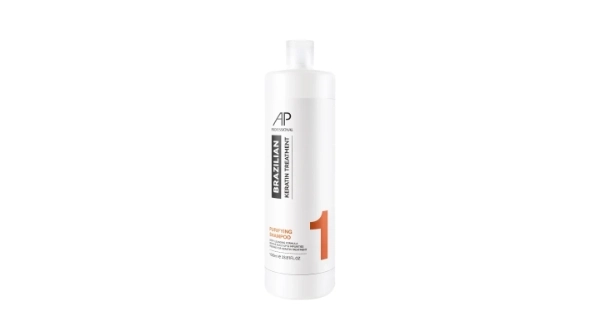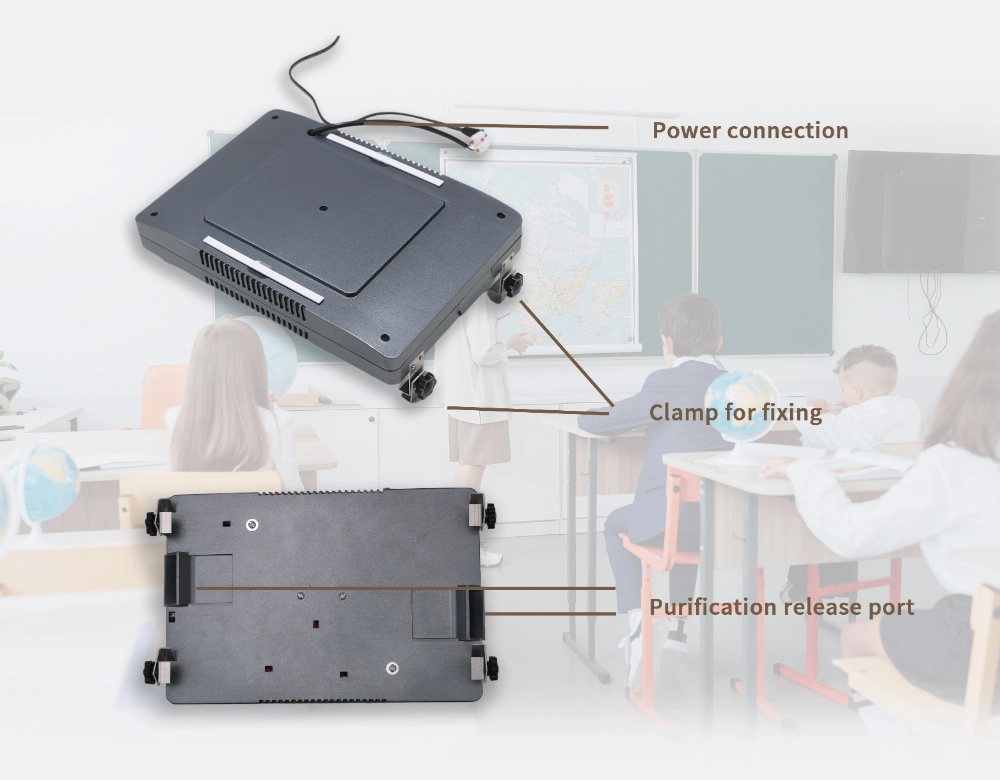Illuminating Your Vision: Mastering Room Lighting for Stunning Photography
When it comes to photography, lighting is often the unsung hero that can make or break an image. Whether you're shooting portraits, product photography, or artistic compositions, understanding how to light a room effectively is crucial for achieving the desired mood and clarity. In this article, we will delve into advanced techniques and considerations for lighting a room, ensuring that your photographs stand out in a crowded digital landscape.
Understanding the Basics of Light
Before diving into specific techniques, it's essential to grasp the fundamental properties of light. Light can be categorized into three primary qualities: intensity, color temperature, and direction.
- Intensity: This refers to the brightness of the light source. In photography, the intensity can be manipulated through various means, including the distance of the light source from the subject and the use of modifiers such as softboxes or reflectors.
- Color Temperature: Measured in Kelvin (K), color temperature affects the mood of your images. Warmer tones (around 2700K-3000K) create a cozy atmosphere, while cooler tones (5000K-6000K) evoke a more clinical or modern feel. Understanding how to balance these temperatures is vital for achieving accurate skin tones and overall harmony in your images.
- Direction: The angle at which light hits your subject can dramatically alter the perception of depth and texture. Front lighting can flatten features, while side lighting can enhance contours and create dramatic shadows.
Choosing the Right Light Sources
When lighting a room for photography, the choice of light sources is paramount. Here are some options to consider:
- Natural Light: Harnessing daylight can yield stunning results. Position your subject near windows during the golden hour—shortly after sunrise or before sunset—when the light is soft and warm. Use sheer curtains to diffuse harsh sunlight and create a more flattering effect.
- Continuous Lighting: These lights provide a constant source of illumination, allowing you to see how the light interacts with your subject in real-time. LED panels and fluorescent lights are popular choices for continuous lighting setups. They are energy-efficient and produce minimal heat, making them ideal for longer shoots.
- Flash and Strobe Lighting: For more controlled lighting, consider using external flashes or studio strobes. These lights can be adjusted for intensity and can be used with various modifiers to achieve the desired effect. Off-camera flash techniques can create dynamic lighting scenarios that elevate your photography.
Techniques for Effective Room Lighting
Once you've selected your light sources, it's time to implement techniques that will enhance your photography:
- Layering Light: Utilize a combination of ambient, key, and fill lights to create a balanced lighting environment. Ambient light provides the overall illumination, key light serves as the main source, and fill light softens shadows. This layering technique adds depth and dimension to your images.
- Using Modifiers: Light modifiers, such as softboxes, umbrellas, and reflectors, can drastically alter the quality of light. Softboxes diffuse light, creating a soft, even illumination that is flattering for portraits. Reflectors can bounce light back onto your subject, filling in shadows and adding a touch of brightness.
- Controlling Shadows: Shadows can be your friend or foe in photography. Experiment with the placement of your light sources to control shadows effectively. For instance, placing a light source at a 45-degree angle to your subject can create interesting shadow patterns that add drama to your images.
- Creating Depth with Backlighting: Backlighting can add a sense of depth and dimension to your photographs. Positioning a light source behind your subject can create a halo effect, enhancing the subject's outline and adding visual interest.
Practical Tips for Room Setup
- Declutter the Space: A clean and organized room allows the light to flow freely and minimizes distractions in your composition. Remove unnecessary items that may detract from your subject.
- Consider the Color Palette: The colors in your room can influence how light is perceived. Light-colored walls reflect more light, while darker colors absorb it. Choose a color palette that complements your subject and enhances the overall mood.
- Experiment with Angles: Don’t be afraid to move around your subject and experiment with different angles. The same light source can produce vastly different results depending on your perspective.
- Use a Light Meter: For precise control over exposure, consider using a light meter. This tool can help you measure the intensity of light in different areas of your room, allowing you to make informed adjustments.
Conclusion
Lighting a room for photography is both an art and a science. By understanding the properties of light, choosing the right sources, and employing effective techniques, you can create stunning images that capture your vision. Remember that experimentation is key; don’t hesitate to try new setups and adjust your approach based on the unique characteristics of each space. With practice and patience, you’ll master the art of lighting and elevate your photography to new heights.




